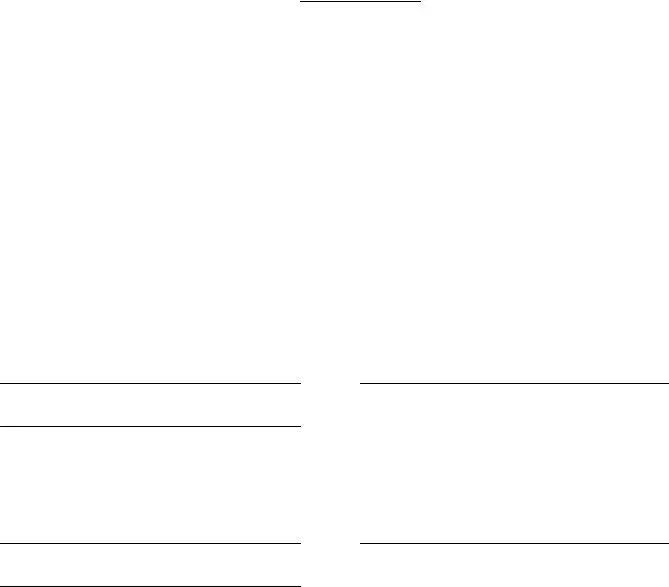
NEW YORK MOTOR VEHICLE NO-FAULT INSURANCE LAW
ASSIGNMENT OF BENEFITS FORM
(FOR ACCIDENTS OCCURRING ON AND AFTER 3/1/02)
I, |
|
, ("Assignor") hereby assign to |
|
, ("Assignee") |
|
(Print patient's name) |
|
(Print hospital or health care provider name) |
all rights privileges and remedies to payment for health care services provided by assignee to which I am entitled under Article 51 (the No-Fault statute) of the Insurance Law.
The Assignee hereby certifies that they have not received any payment from or on behalf of the Assignor and shall not pursue payment directly from the Assignor for services provided by said Assignee for injuries sustained
due to the motor vehicle accident which occurred on |
, not withstanding any other agreement |
(Print accident date)
to the contrary.
This agreement may be revoked by the assignee when benefits are not payable based upon the assignor’s lack of coverage and/or violation of a policy condition due to the actions or conduct of the assignor.
ANY PERSON WHO KNOWINGLY AND WITH INTENT TO DEFRAUD ANY INSURANCE COMPANY OR OTHER PERSON FILES AN APPLICATION FOR COMMERCIAL INSURANCE OR A STATEMENT OF CLAIM FOR ANY COMMERCIAL OR PERSONAL INSURANCE BENEFITS CONTAINING ANY MATERIALLY FALSE INFORMATION, OR CONCEALS FOR THE PURPOSE OF MISLEADING, INFORMATION CONCERNING ANY FACT MATERIAL THERETO, AND ANY PERSON WHO, IN CONNECTION WITH SUCH APPLICATION OR CLAIM, KNOWINGLY MAKES OR KNOWINGLY ASSISTS, ABETS, SOLICITS OR CONSPIRES WITH ANOTHER TO MAKE A FALSE REPORT OF THE THEFT, DESTRUCTION, DAMAGE OR CONVERSION OF ANY MOTOR VEHICLE TO A LAW ENFORCEMENT AGENCY, THE DEPARTMENT OF MOTOR VEHICLES OR AN INSURANCE COMPANY, COMMITS A FRAUDULENT INSURANCE ACT, WHICH IS A CRIME, AND SHALL ALSO BE SUBJECT TO A CIVIL PENALTY NOT TO EXCEED FIVE THOUSAND DOLLARS AND THE VALUE OF THE SUBJECT MOTOR VEHICLE OR STATED CLAIM FOR EACH VIOLATION.
(Print name of Patient) |
|
(Signature of Patient) |
(Date of signature)
(Address of Patient)
(Print name of Provider) |
|
(Signature of Provider) |
(Date of signature)
(Address of Provider)
NYS FORM NF-AOB (Rev 1/2004)
